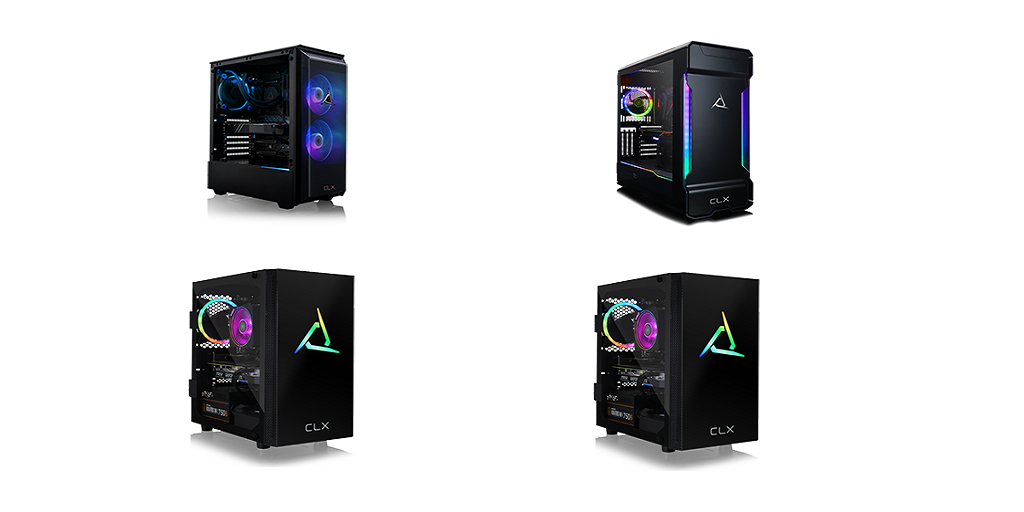Today, getting a desktop PC that provides enough power for simulation tasks is not as easy as it used to be. A few decades ago, the best solution was to get the fastest hardware you could afford and replace it as soon as something better came out.
This approach would ensure that you could crunch numbers and complete simulations faster, giving you decent productivity increments. Still, some managers would openly voice their concerns when it takes a full minute for our computers to process a spreadsheet filled to the brim of formulas.
If you work on projects that require you to solve millions of equations running in parallel, a small difference in processing power could mean days or even weeks.
Yes, most of us can’t afford NASA-grade supercomputers. Getting into a high-performance computer rig is everyone’s dream, but that could come with a very steep price tag attached to it, and you would have to relocate your PC into an ugly-looking rack and forget about the familiar windows environment.
However, building a powerful workstation today is not as hard as it was a decade ago. The relentless Moore’s Law has been at work, and current chipsets today are magnitudes more powerful than they ever were.
Right when processor speeds seemed to have reached a limit, multiprocessors appeared and now allow for lower clock speeds but higher core count. So, today´s high-performance processors, like the newer Intel Alder Lake chips, now hold up to 16 cores and 24 threads, surpassing the average core count of workstations used for simulations.
But the division of processing labor does not stop there. Anyone with a gaming PC knows that it is always better to install a GPU to process images and video and let the CPU be freer to make its calculations.
GPUs were invented as a floating-point processor that helped the main unit with all sorts of calculations that were not limited to graphics. They were at first very weak, and only took over the tasks that did not seem to need much processing power. However, they allowed for the creation of graphic-intensive games and opened up a whole new market based on processing power.
But gamers were not the only ones to take advantage of this extra processing power. Architects and designers soon learned how to draw and render stunning 3D homes and astonishing structures that made a lasting impression in their client’s minds.
Nowadays, GPUs are used for a lot more than just giving form to breathtaking landscapes and glorious battles. Their ability to run computations simultaneously (as opposed to sequentially) has opened the door to uses such as machine learning, blockchain operations, and model simulation.
However, you need a high-end computer or even a carefully tuned gaming PC to match the performance of a workstation. Fortunately for you, CLX gaming offers one of the most accessible custom PC builder systems with access to state-of-the-art components and bespoke overclocking options to give your rig the necessary power to crunch numbers with ease. Visit their website today and start building your next high-performance workstation.



